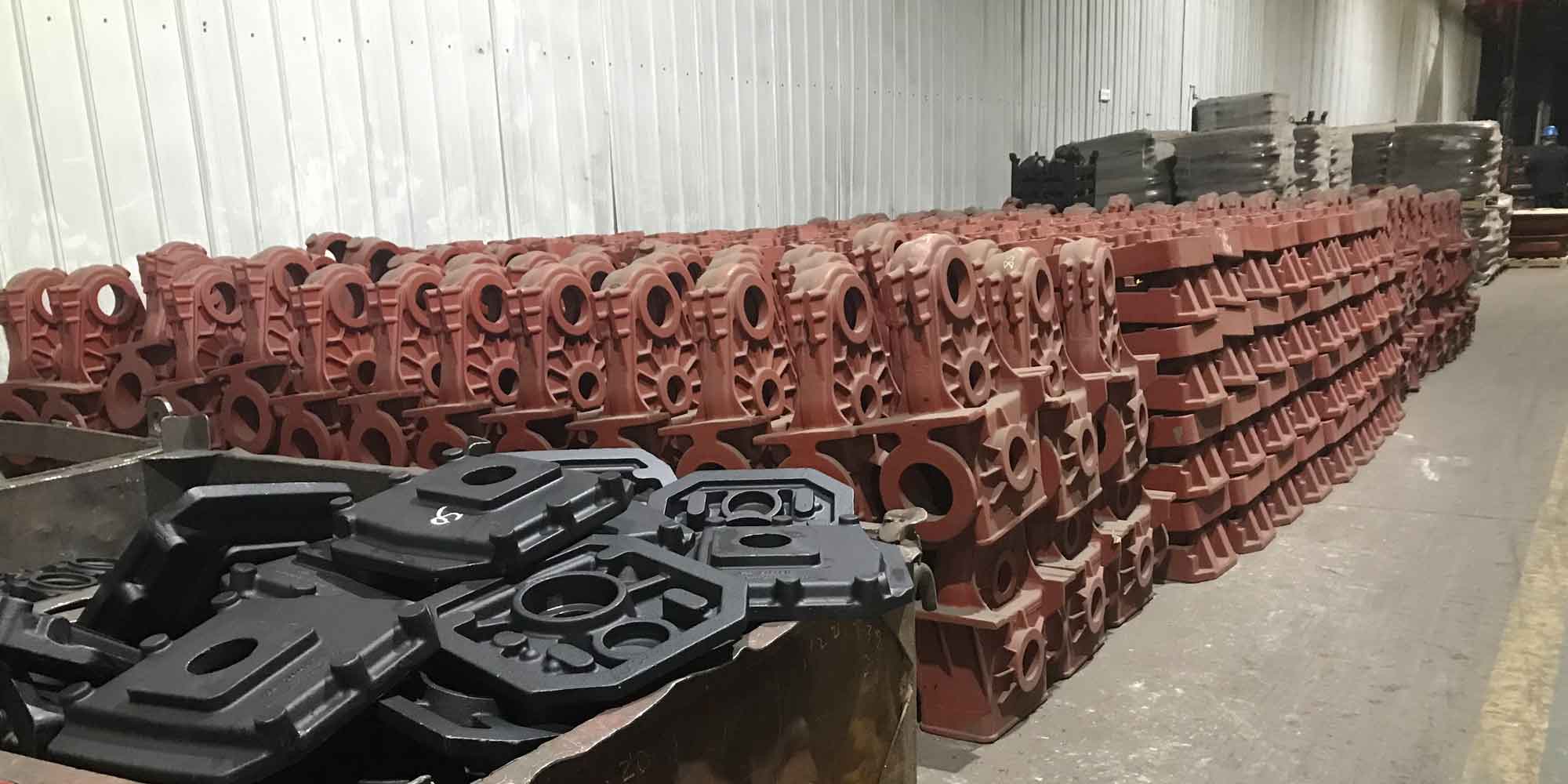Shrinkage porosity and cavities remain persistent challenges in steel casting production, particularly in structural components with distributed thermal nodes. This article presents a systematic approach to eliminate dispersed shrinkage defects in bracket-type steel castings through riser optimization, chill design, and directional solidification control.

1. Fundamental Principles of Shrinkage Formation
In steel castings, shrinkage defects originate from inadequate liquid metal feeding during solidification, governed by:
$$
\frac{\partial T}{\partial t} = \alpha \nabla^2 T + \frac{L}{c_p}\frac{\partial f_s}{\partial t}
$$
Where \( T \) = temperature, \( \alpha \) = thermal diffusivity, \( L \) = latent heat, \( c_p \) = specific heat, and \( f_s \) = solid fraction. The critical feeding distance for steel castings can be expressed as:
$$
D_f = k \sqrt{M_c}
$$
Where \( k \) = material constant (0.6-1.2 for carbon steels) and \( M_c \) = modulus (volume/surface area ratio).
2. Process Optimization Strategies
For bracket-type steel castings with multiple thermal junctions, the following parameters were optimized:
| Parameter | Initial Design | Optimized Design |
|---|---|---|
| Riser Configuration | Single top riser | Combined open/blind risers |
| Chill Application | None | Steel core chills |
| Feeding Distance (mm) | 45 | 28 |
| Solidification Gradient (°C/mm) | 1.2 | 3.8 |
3. Riser-Chill Interaction Model
The effectiveness of combined riser-chill systems in steel castings can be quantified by:
$$
E_{rc} = \frac{V_r \cdot (T_p – T_e) + Q_c}{V_c \cdot \Delta H_f}
$$
Where:
\( V_r \) = riser volume (cm³)
\( T_p \) = pouring temperature (°C)
\( T_e \) = eutectic temperature (°C)
\( Q_c \) = chill heat extraction (J)
\( V_c \) = casting volume (cm³)
\( \Delta H_f \) = latent heat of fusion (J/cm³)
4. Case Implementation
For ZG310-570 steel castings (12.8 kg), the optimized process achieved:
- Riser efficiency improvement: 42% → 68%
- Shrinkage defect rate reduction: 15.2% → 1.8%
- Yield increase: 58% → 74%
5. Thermal Analysis Verification
Numerical simulation confirmed the directional solidification pattern:
$$
\frac{dT}{dx}_{\text{opt}} = 3.8^{\circ}\text{C/mm} \quad \text{vs} \quad \frac{dT}{dx}_{\text{init}} = 1.2^{\circ}\text{C/mm}
$$
The optimized thermal gradient ensures sequential solidification from extremities to risers.
6. Industrial Validation
Production trials demonstrated consistent results across 500+ steel castings:
| Batch | Defect Rate (%) | UT Pass Rate (%) |
|---|---|---|
| 1-100 | 1.7 | 98.3 |
| 101-200 | 2.1 | 97.9 |
| 201-300 | 1.9 | 98.1 |
7. Conclusion
This systematic approach combining riser modification, strategic chill placement, and directional solidification control effectively eliminates shrinkage defects in complex steel castings. The methodology demonstrates particular effectiveness for components with multiple thermal nodes, achieving defect rates below 2% while maintaining production efficiency.
